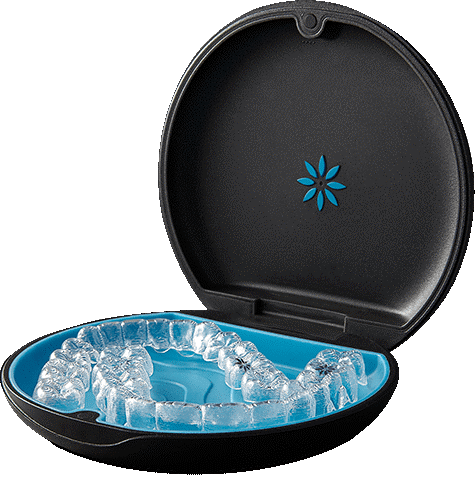The Importance of Flossing: How to Properly Care for Your Teeth
Maintaining good oral hygiene is not just about brushing your teeth; it also involves incorporating essential practices like flossing into your routine. In this article, we will delve into why flossing your teeth is crucial for optimal dental health and provide a step-by-step guide on how to properly floss, using the focus keyword “How to properly floss your teeth.”
Why Flossing Matters: The Hidden Benefits
Flossing may seem like an extra step, but its benefits extend far beyond what meets the eye. While brushing is effective at removing plaque and food particles from the surfaces of your teeth, it’s not always enough to reach the tight spaces between teeth and along the gumline. This is where flossing comes into play.
- Plaque and Tartar Prevention: Plaque, a sticky film of bacteria, forms on teeth and can harden into tartar, which is difficult to remove without professional dental care. Flossing removes plaque and food debris from areas that a toothbrush cannot easily reach, preventing the buildup of tartar.
- Gum Health: Flossing helps maintain healthy gums by preventing the accumulation of bacteria that can lead to gum disease. Gum disease, if left untreated, can progress to periodontitis, causing gum recession and even tooth loss.
- Cavity Prevention: Flossing helps prevent cavities by removing food particles that can contribute to decay between teeth. Cavities in these interdental spaces are often harder to detect and treat.
- Fresh Breath: Flossing eliminates trapped food particles and bacteria that can contribute to bad breath, promoting overall oral freshness.
How to Properly Floss Your Teeth: A Step-by-Step Guide
Now that we understand the importance of flossing, let’s dive into the correct technique for effective flossing. Follow these steps to ensure you’re taking optimal care of your teeth and gums:
1. Choose the Right Floss: Select a dental floss that suits your preference and needs. Options include traditional floss, floss picks, and water flossers. Traditional floss comes in various types, such as waxed, unwaxed, flavored, and wider for specific needs.
2. Prepare the Floss: Cut about 18 to 24 inches of floss and wind the ends around your middle fingers, leaving a few inches of floss to work with.
3. Hold the Floss: Hold the floss tightly between your thumbs and forefingers, leaving a one- to two-inch section to slide between your teeth.
4. Gently Slide Between Teeth: Guide the floss between your teeth using a gentle sawing motion. Avoid snapping the floss, as this can harm your gums.
5. Form a C Shape: Curve the floss around the base of each tooth, creating a C shape. Gently slide the floss up and down, ensuring you reach just below the gumline.
6. Use Clean Sections: Move to a clean section of the floss for each tooth to prevent spreading bacteria. Unwind the used section from one finger while winding the fresh section onto the other.
7. Be Thorough and Gentle: Floss all your teeth, both front and back, using a gentle motion. Don’t forget to floss behind your last molars.
8. Rinse and Finish: After flossing, rinse your mouth with water to remove dislodged particles. You can also follow up with mouthwash for added freshness.
Conclusion: Your Path to a Healthier Smile
Incorporating proper flossing into your oral care routine significantly contributes to maintaining excellent dental health. By flossing regularly, you remove hidden particles, prevent plaque buildup, and safeguard your gums against potential issues. Follow the step-by-step guide outlined above, and you’ll be well on your way to a cleaner, healthier, and brighter smile. Remember, a few minutes of flossing each day can lead to a lifetime of oral well-being.


